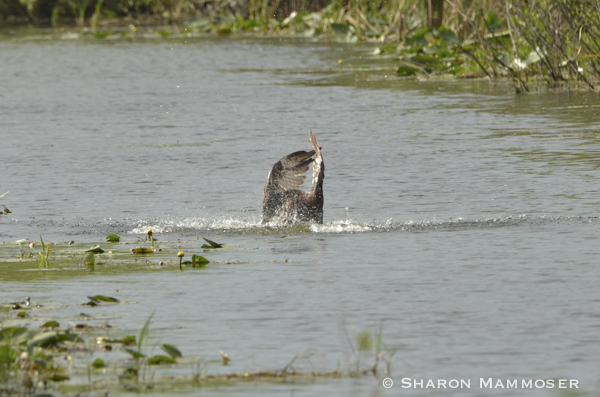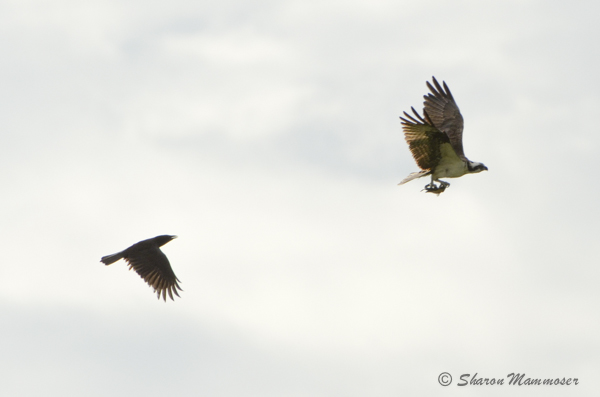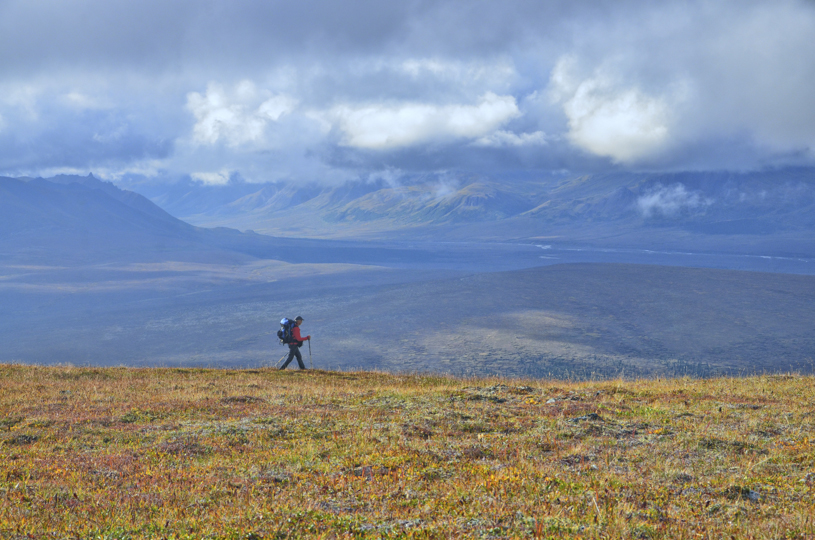I think ospreys are amazing birds and love to watch them dive into a body of water and come up with a giant fish. I am always amazed when they lift off from the water and fly off, carrying a fish with their sharp talons. Did you notice the fish is always facing the same way as the osprey? What must that fish be thinking!
Let’s look at these interesting birds and see what we can learn.
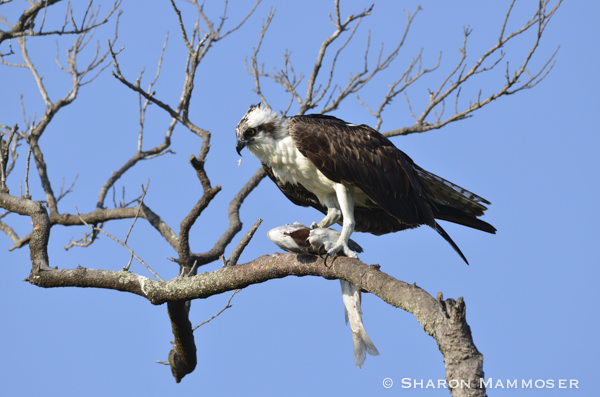
1. Ospreys are often called fish hawks or fish eagles and it’s easy to see why when you watch them for any length of time. They eat a lot of fish! And are very skillful hunters–catching fish about 50-80% of the time. 99% of their diet is fish. The rest might be animals such as small reptiles and amphibians, rodents, small birds and rabbits.
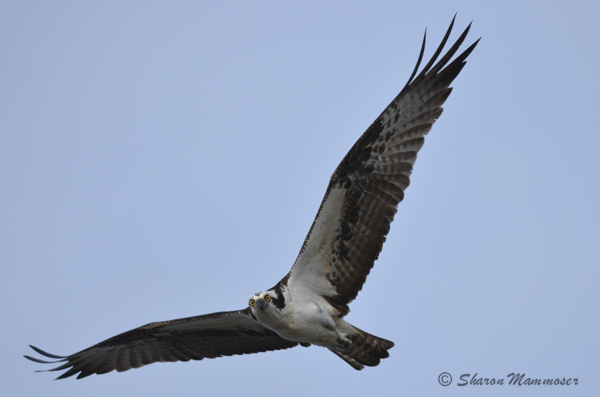 2. Ospreys are found on every continent except Antarctica.
2. Ospreys are found on every continent except Antarctica.
3. Ospreys are 21-23 inches long with a wingspan of 5.9 feet.
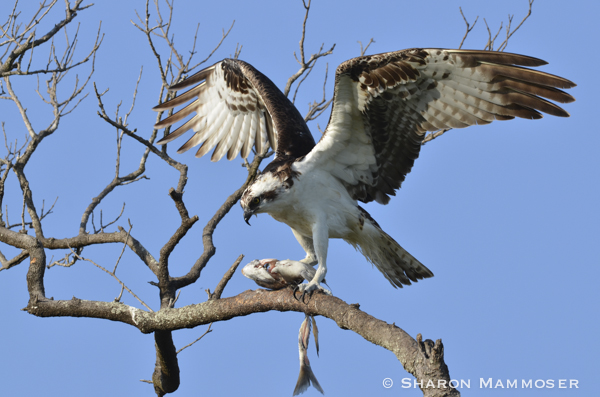 4. Like owls, ospreys have two toes facing forward and two toes facing backwards, rather than the 3 and 1 arrangement of most other birds. This allow them to snag their prey in water and then hold it in flight.
4. Like owls, ospreys have two toes facing forward and two toes facing backwards, rather than the 3 and 1 arrangement of most other birds. This allow them to snag their prey in water and then hold it in flight.
5 Another interesting thing about their feet is that their talons have backward facing scales that act like the barbs on a fish hook. These help the osprey hold the wiggly fish in flight.
6. Ospreys will catch their prey and then move to a safe place to feed–this might be a pole, tree top, branch, roof, etc.
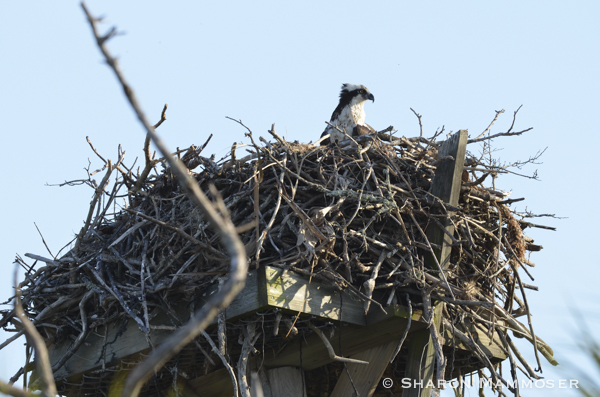
7. Ospreys build nests at the top of dead trees, though they will readily build a nest on human-made structures such as utility poles, artificial platforms, and other structures. Females lay 2-4 eggs and then incubate them for 5 weeks.
8. Chicks do not hatch all at once and the first one out has the greatest chance for survival. Both the male and the female take part in the raising of the chicks.

9. Can you imagine learning to fly if you’re and osprey? Have you ever seen their nests? They are SO HIGH up! The chicks have never flown before, but must take off on their own and hope for a good flight. They learn to fly when they are 7-8 weeks old.

10. Ospreys are long-lived birds, able to live more than 20 years. However, most live between 7-10 years in the wild.
